My Personal Search for Charles Dickens in Modern England
Part 1: Dickens While Living in London and His Rise to International Fame

Whenever people think of Charles Dickens and his legacy as a prolific English author and journalist, who immortalized in literature the ravages of poverty and strife in 19th century Victorian England, it’s impossible to discount the enormity of his influence all over the world. Some of his greatest literary works are still read today, including Oliver Twist, Hard Times, A Christmas Carol, David Copperfield, A Tale of Two Cities, and Great Expectations. As well, he wrote as a journalist numerous personal accounts on the general mistreatment of the poor and downtrodden in his midst, with the totality of his writings regularly studied by academic scholars of international renown.
Much of Dickens’ literary insights on the hardships of life during the apex of the Industrial Revolution came from direct personal experiences in childhood when in 1824 his father was sent to the Marshalsea debtors’ prison in Southwark, London, along with his wife and their youngest children to accompany him. From ages 12 to 15, Dickens had to work ten-hour long days under miserable conditions in a shoe-blacking warehouse until his father’s debt was finally paid by Dickens’ grandmother’s estate after she died, and the whole experience made a lasting impression upon how he viewed the world for the rest of his life.
Ironically, as a consequence of his enormous popularity from readers coming from all social strata—including Queen Victoria as among his most famous and influential admirers, Dickens died a very wealthy man on his estate located close to the town of Rochester in the southeast county of Kent. To honour Dickens’ stature in the literary world, he was buried in Westminster Abbey—though against his personal wishes to be interred with no special accolades in Rochester Cathedral, and as an integral part of a local community that he called home for much of his later life. A printed epitaph circulated during the time of Dickens’ funeral read:
To the Memory of Charles Dickens (England's most popular author) who died at his residence, Higham, near Rochester, Kent, 9 June 1870, aged 58 years. He was a sympathiser with the poor, the suffering, and the oppressed; and by his death, one of England's greatest writers is lost to the world.
Given my own appreciation for the legacy of Charles Dickens and his contributions to the world, it seems obvious that I would want to take the opportunity to have a personal tour of some of the places in England where he acquired his reputation as one of the most significant literary figures of his time, whose impact on today’s world remains strong.
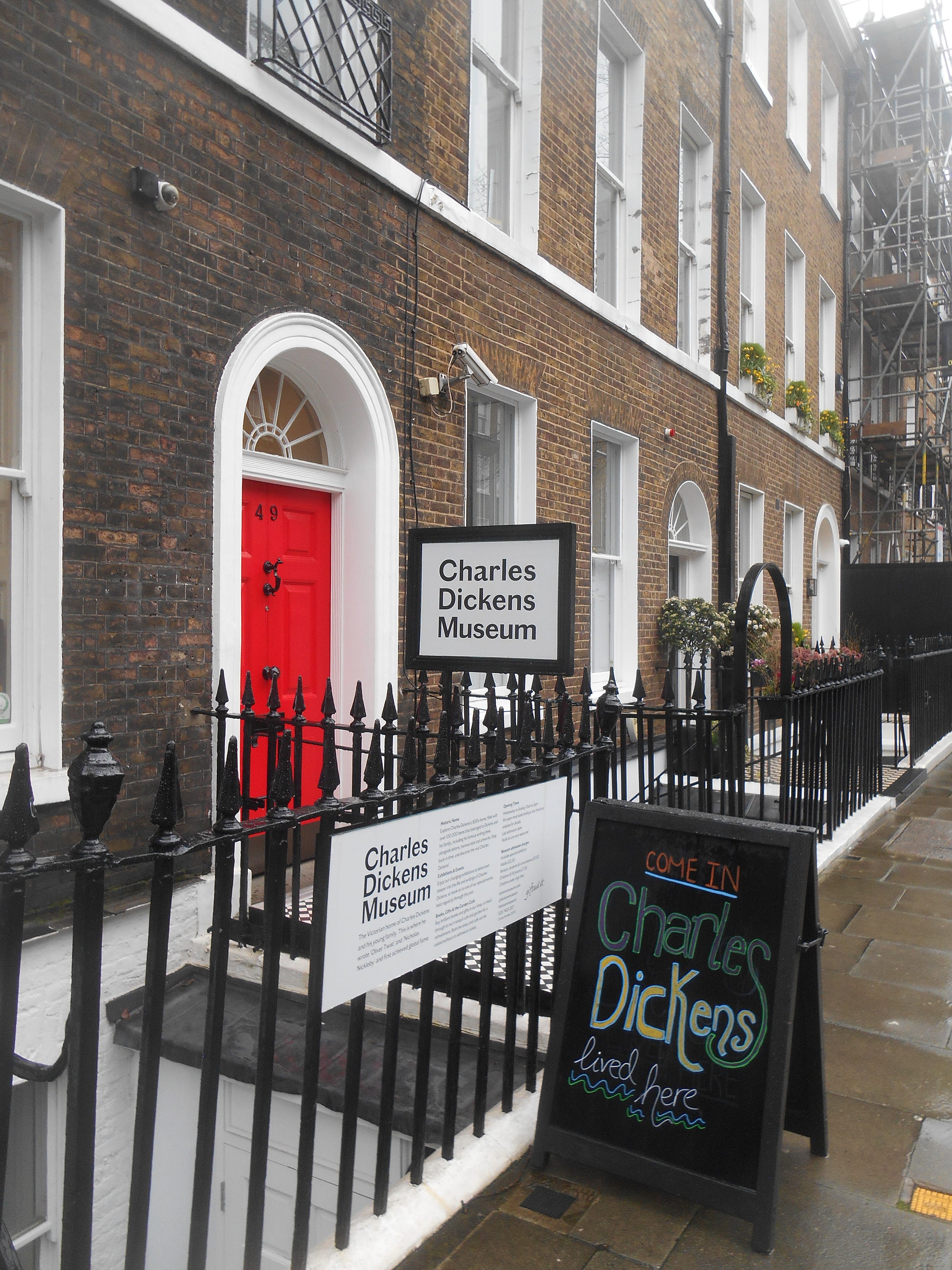
Charles Dickens Museum in London
While on a prior visit to London, I came across the fact that one of Charles Dickens’ residences when he lived in the city as a young adult with his wife, Catherine Hogarth, and infant first-born son, Charley, is now a museum dedicated to his memory. The Charles Dickens Museum, located on 48-49 Doughty St., Bloomsbury, London WC1N 2LX and within walking distance of both the Russell Square and King’s Cross-St. Pancras Underground Stations, has the most wide-ranging collection of historical content connected with the Dickens legacy with over 100,000 artifacts in its possession, though only a small fraction is currently on display for the public to enjoy and appreciate. The home itself is reflective of the Regency-style décor commonly represented for the time when his young family moved there in 1837. It’s also the only residence associated with Dickens that’s still in existence today.
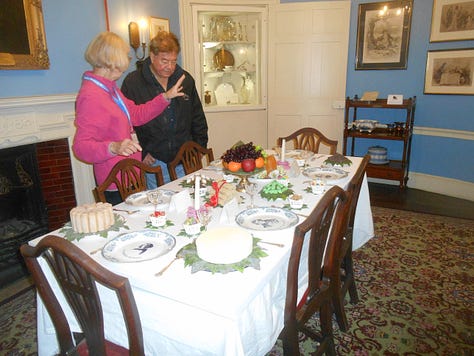
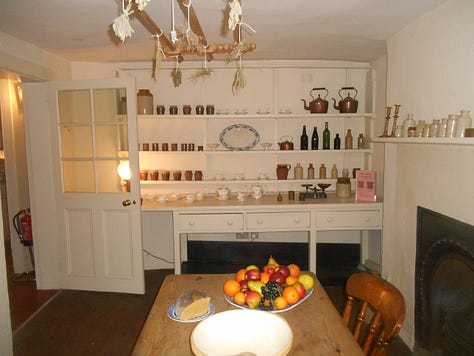
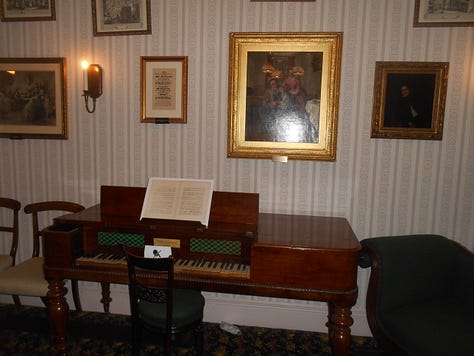
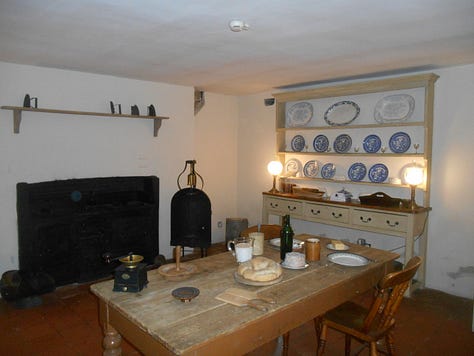
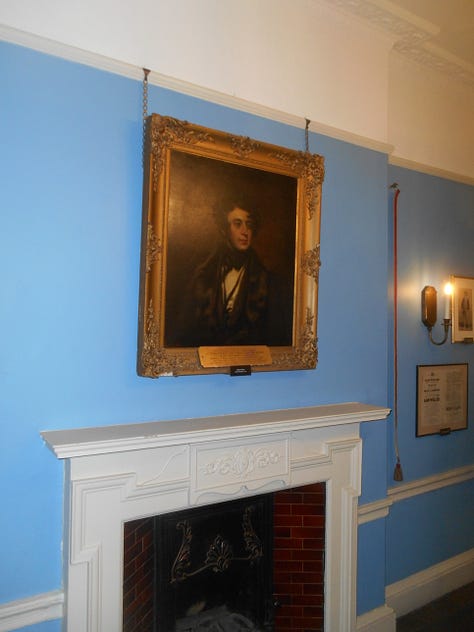

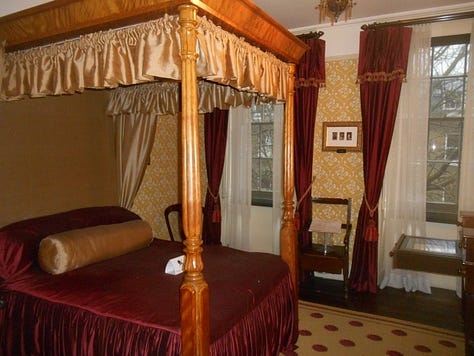
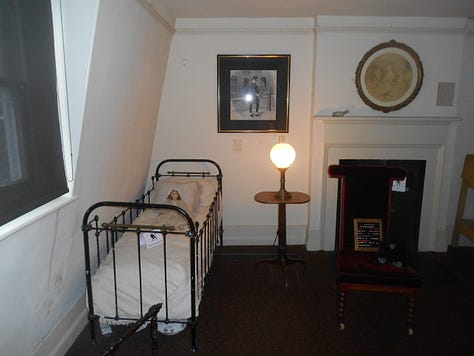
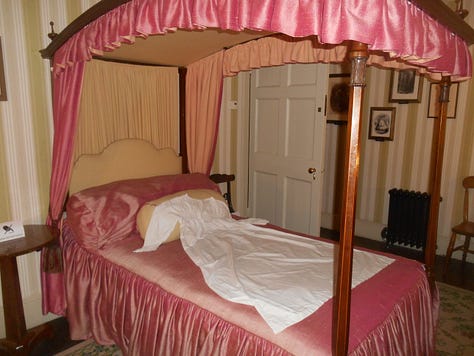
From the time when he first moved there until leaving in 1839 when he needed a bigger home to accommodate his growing family, Dickens’ literary career came in stride with the publication of The Pickwick Papers, Oliver Twist, Nicholas Nickeby, and other notable writings, while also working as a journalist and social reform advocate. In other words, this is the home where Charles Dickens first became famous throughout the English-speaking world and beyond.
In a way, it seems fitting that I would make this visit to The Charles Dickens Museum on a cold February morning when it was pouring heavy rain outside. Furthermore, the harsh weather made it unusually difficult for me to find my way to the museum at the time, in which I managed to get myself lost along the way. This memory of mine walking directionless in the damp of modern-day London cannot help but evoke strong images about what Dickens must have thought about daily life regarding the poor in Victorian-era London, forced to live on the streets facing constant dangers everywhere, and without access to the luxury of living in a comfortable middle-class home like the one that he and his young family had available to them.
Eventually, I managed to find myself on Doughty St. and entered inside the house/museum that consists of five floors, including a basement where the kitchen, wine cellar, and bathroom are located, along with a dining room on the main floor, and Dickens’ study on the first floor where he did his writing. The second floor is where the bedrooms for the Dickens family are found, while the third floor at the top was for the nursery and the servant’s bedroom. The Charles Dickens Museum, therefore, represents a fascinating time capsule of Victorian life for people of Dickens’ stature at the time.
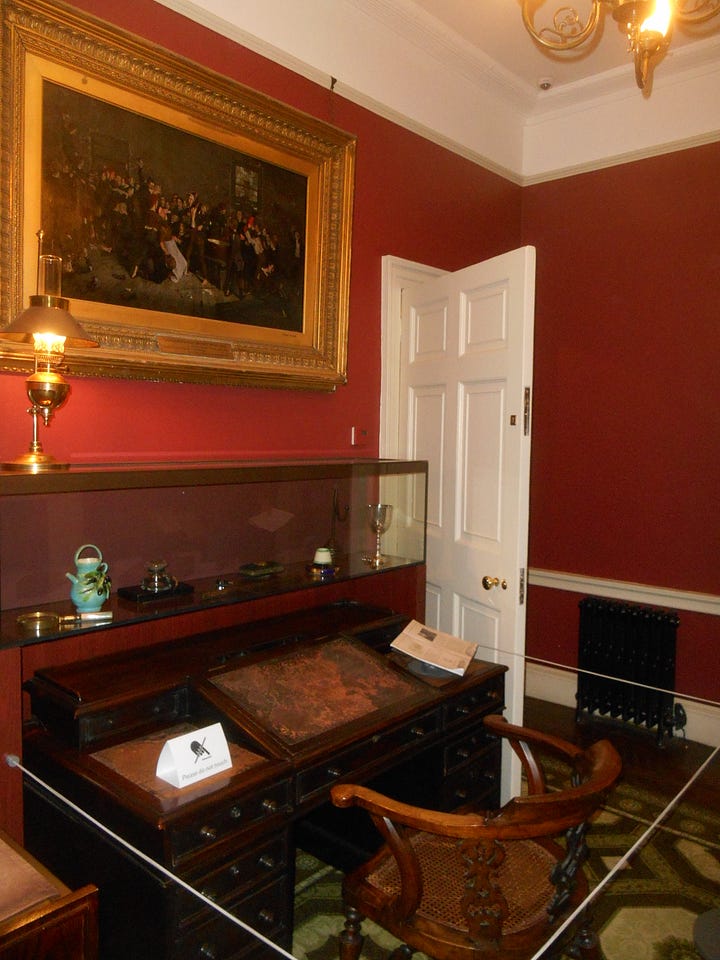
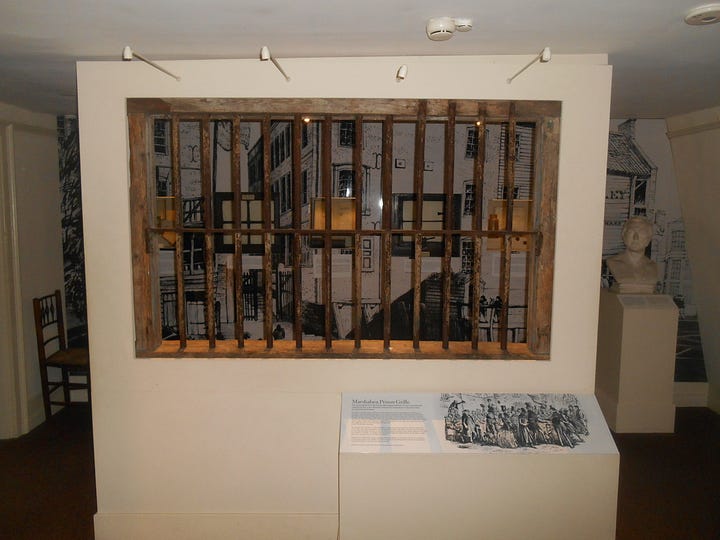
When Charles Dickens and his family lived on 48 Doughty Street, he benefited from the convenience of being in a central and relatively safe location in London where he was able to attend the theatre, meet with his publishers, and take the train from nearby Euston Station when it was newly built in 1837. Unlike most other Londoners of the time, his home also had constant access to a fresh supply of water that supported the two pumps in the home, along with a flush toilet in the basement. Such amenities and modern conveniences of the time would continue to belie the sharp contrast between the characters depicted in Dickens’ literary works and how he experienced life in the moment, which would only become stronger as his fame grew far and wide over time.
Author’s Note: This article continues next week with Part 2: Dickens in Later Life While Living in Kent and His Personal Connection with Rochester Cathedral.



Hi. Please feel free to comment on this article anytime if you like what I've written or have anything constructive to add. Also, please take a moment to check out my "About" page and become a free subscriber to "Scientist World Traveller" if you haven't already done so. Thank you.